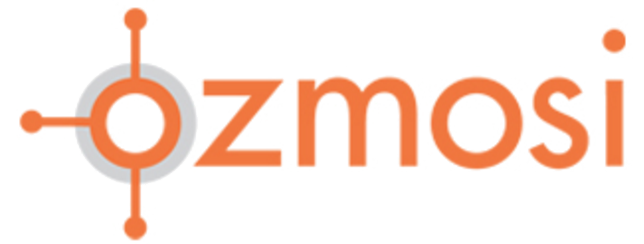Merck’s two blockbuster diabetes products, Janumet® and Januvia®, are DPP-4 inhibitors that generated nearly $3.3 billion in Sales in 2016.3 Januvia® is especially known for its great cardiovascular safety profile, which has helped differentiate itself in its class. But Merck has no plans of stopping there with four different products in late-stage development that appear promising.
In conjunction with Pfizer, the company recently filed NDAs for three SGLT-2 inhibitors based on their ertugliflozin molecule – one as a monotherapy, another in combination with Januvia® (sitagliptin), and the third as a combination with metformin. Despite expectations to launch with three different versions and great CV data, will it be enough to compete in a market with three established SGLT-2s, including market leader Invokana® (Janssen), Jardiance® (Eli Lilly, Boehringer Ingelheim) and Farxiga® (Bristol-Myers Squibb, AstraZeneca)? Further complicating the launch is Jardiance already has been approved as the first Diabetes medication to reduce cardiovascular death, which could muddle Merck and Pfizer’s messaging.
Advantages among the ertugliflozin combinations submitted for approval are similarly muted. Both Janssen and BMS/AZ already have SGLT-2 / metformin combinations in market with Invokamet® and Xigduo®, respectively, while Lilly & BI have Glyxambi®, which pairs Jardiance with DPP-4 inhibitor Tradjenta®. The question for Merck and Pfizer will be whether combining the market leading DPP-4, Januvia, with ertugliflozin is enough to overcome odds of being late to the SGLT-2 market.
Still, Merck and Pfizer remain hopeful that they can gain market share from these competitors with additional studies that demonstrate ertugliflozin’s reduction in cardiovascular risks including death and heart failure. But these additional results, however, would be available until 2019 – which may be year after launch.4
In addition to the SGLT2 market entrants, Merck is working on launching a biosimilar version of Sanofi’s extremely successful basal insulin Lantus®5, called Lusduna Nexvue, which has recently secured FDA approval but launch is currently pending a patent infringement lawsuit from Sanofi. Eli Lilly and Boehringer Ingelheim’s biosimilar, Basalglar, launched late last year after resolution of a similar lawsuit. The basal market for years was a (relatively one sided) competition between Sanofi’s Lantus® and Novo Nordisk’s Levemir®, but with both manufacturers launching successors (Sanofi’s Toujeo® and Novo Nordisk’s Tresiba®) along with fixed dose combinations with their GLP-1s (Sanofi’s Soliqua® and Novo Nordisk’s Xultophy®), it will be solely on price where these biosimilars will need to differentiate themselves from their branded counterparts. If a settlement is reached and Merck can secure payer access through discounted pricing, there could be an opportunity for Merck to penetrate this increasingly crowded insulin class.
Conclusion
Merck was the first to launch in the DPP-4 market, establishing the category with Januvia, which has continued to be the market leader even as it has faced pressures from novel classes of medications, most recently and notably, the SGLT-2 inhibitors. Now, however, they look to expand their Diabetes portfolio into that SGLT-2 market but face the same challenges as their competitors once faced in the DPP-4 space; they will be very late to market in both single molecule and fixed dose combination forms. Whether the CV data and combination availability with Januvia is enough to offset that disadvantage and influence payers, physicians and patients alike to switch medications suggests modest forecasts should be in order.
Lusduna Nexvue, should it enter the Basal market as the second biosimilar along with Basalglar, could create an interesting pricing dynamic vis-à-vis legacy brands Lantus® and Levemir® as they compete for payer access. The market so far has not been that quick to replace these first-generation basal insulins with their successors. This gives both Merck and Lilly/BI an opportunity to make serious headway in this category if their pricing strategy makes them competitive to first-generation basals while Sanofi and Novo Nordisk continue to shift focus to their second-generation offerings.
